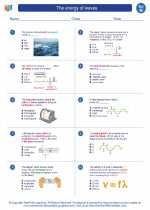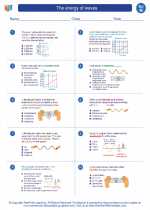Seed
A seed is the reproductive structure of a flowering plant, containing the embryo or young plant along with a store of food and a protective coat. Seeds are essential for the reproduction and dispersal of plants and are the starting point for the growth of a new plant.
Structure of a Seed
A typical seed consists of several key parts:
- Seed Coat: The outer covering of the seed that provides protection.
- Embryo: The young plant inside the seed that will develop into a new plant.
- Cotyledon: A seed leaf that stores and provides food for the developing plant.
- Endosperm: Tissue that stores food for the embryo.
- Radicle: The embryonic root of the plant.
- Plumule: The embryonic shoot of the plant.
Seed Germination
When a seed is provided with the right conditions of moisture, warmth, and oxygen, it undergoes germination. During germination, the seed absorbs water, which activates enzymes that break down the food stores in the seed. The embryo then begins to grow, and the radicle emerges first, followed by the plumule. Eventually, the seed coat is shed, and the young plant continues to grow and develop into a mature plant.
Seed Dispersal
Plants have developed various mechanisms for dispersing their seeds. Some common methods of seed dispersal include:
- Wind dispersal: Seeds are carried by the wind to new locations.
- Animal dispersal: Seeds are eaten by animals and then excreted in different locations.
- Water dispersal: Seeds float on water and are carried to new areas.
- Explosive dispersal: Pods or fruits burst open, flinging seeds away from the parent plant.
Seed Study Guide
When studying seeds, it's important to understand their structure, function, and significance in plant reproduction. Here are some key points to focus on:
- Describe the structure of a seed and the function of each part.
- Explain the process of seed germination and the factors that influence it.
- Discuss the various methods of seed dispersal and their importance to plant survival.
- Compare and contrast the seeds of different plant species, noting any unique adaptations for dispersal or survival.
- Investigate the role of seeds in agriculture and food production, including seed saving and genetic diversity.
By understanding the biology of seeds, we gain insight into the remarkable ways in which plants ensure their survival and contribute to the diversity of life on Earth.
.





